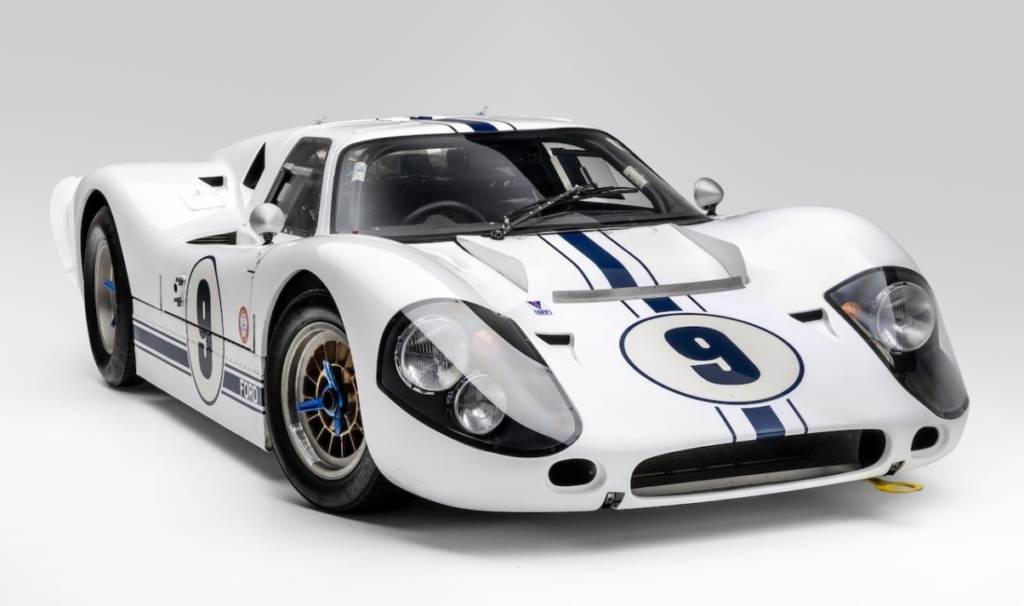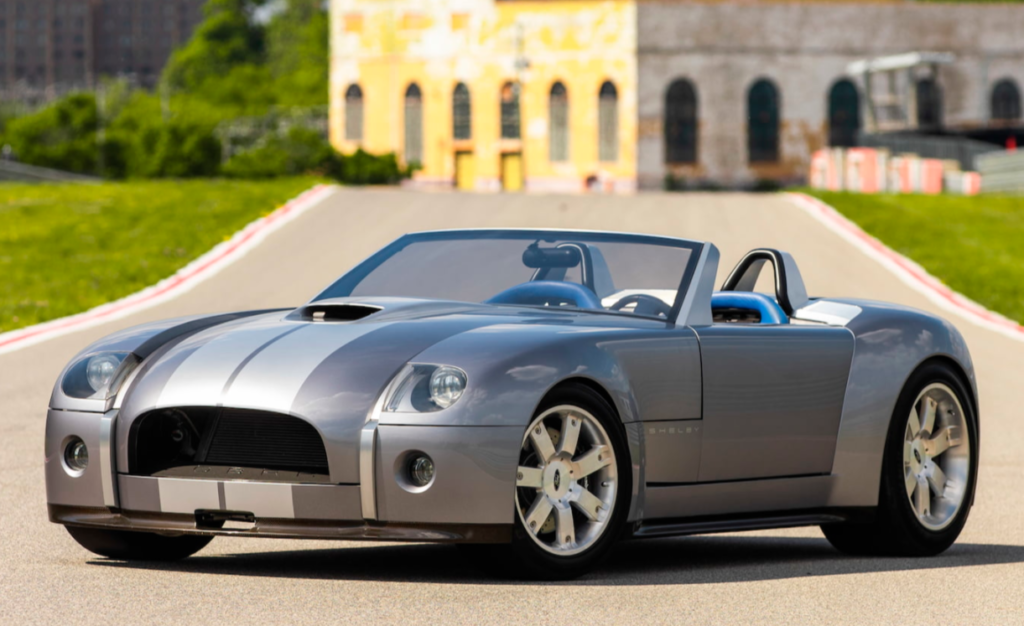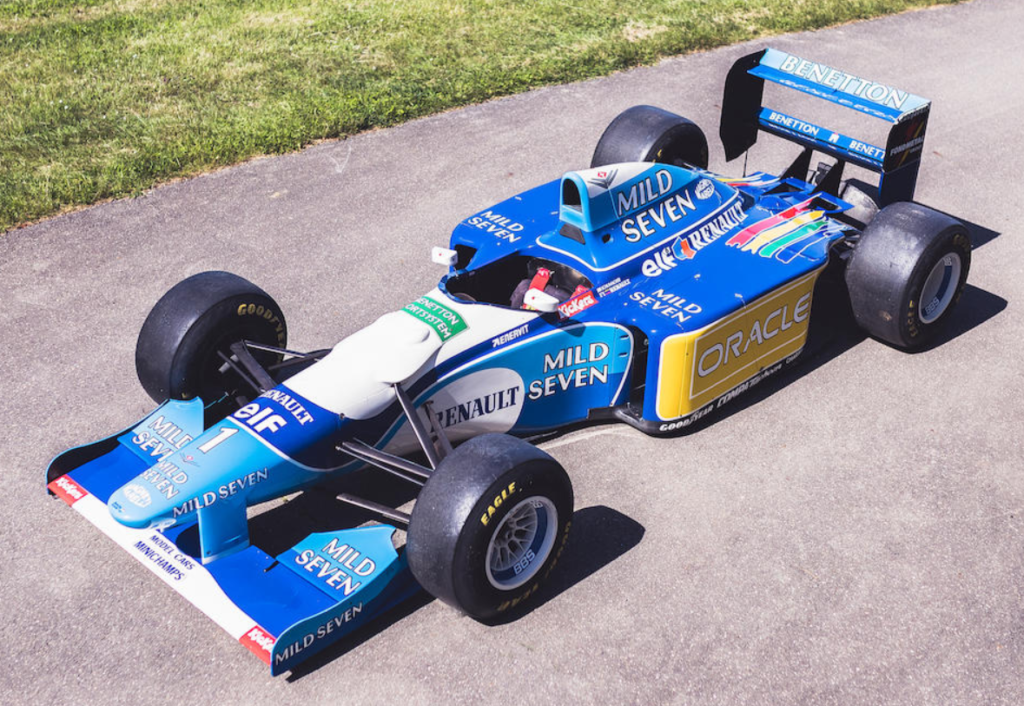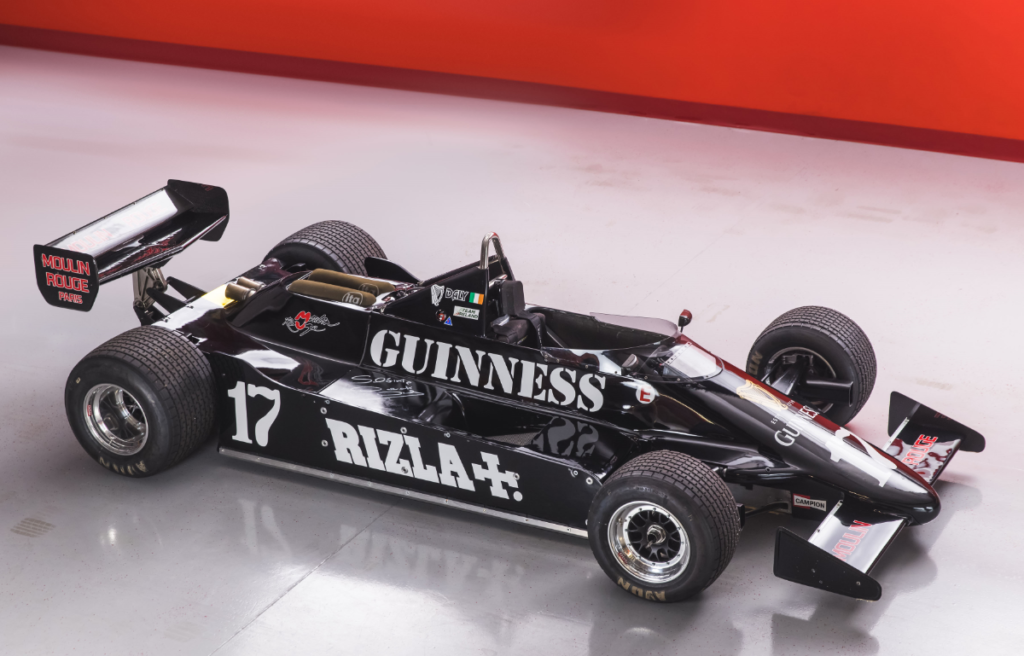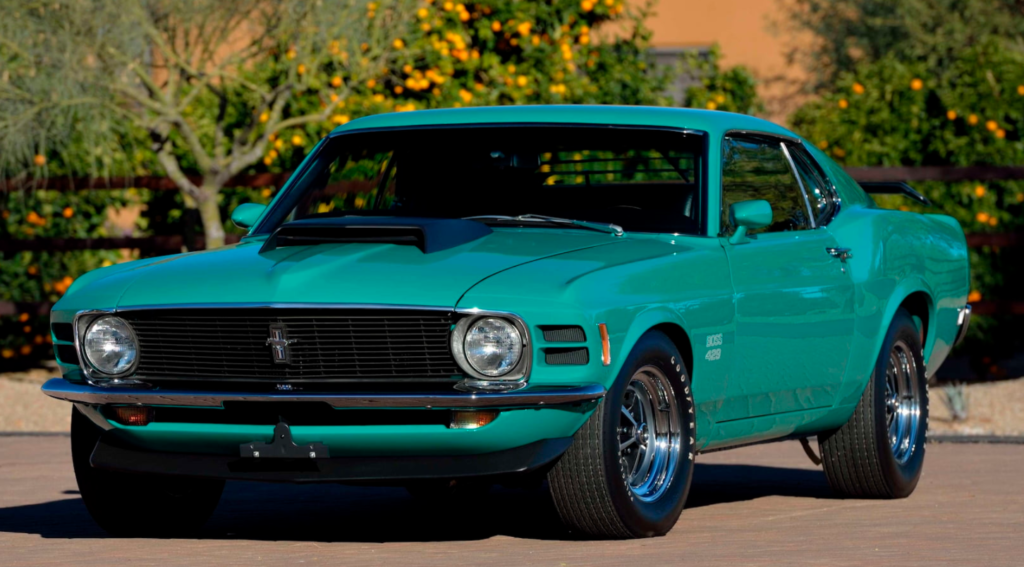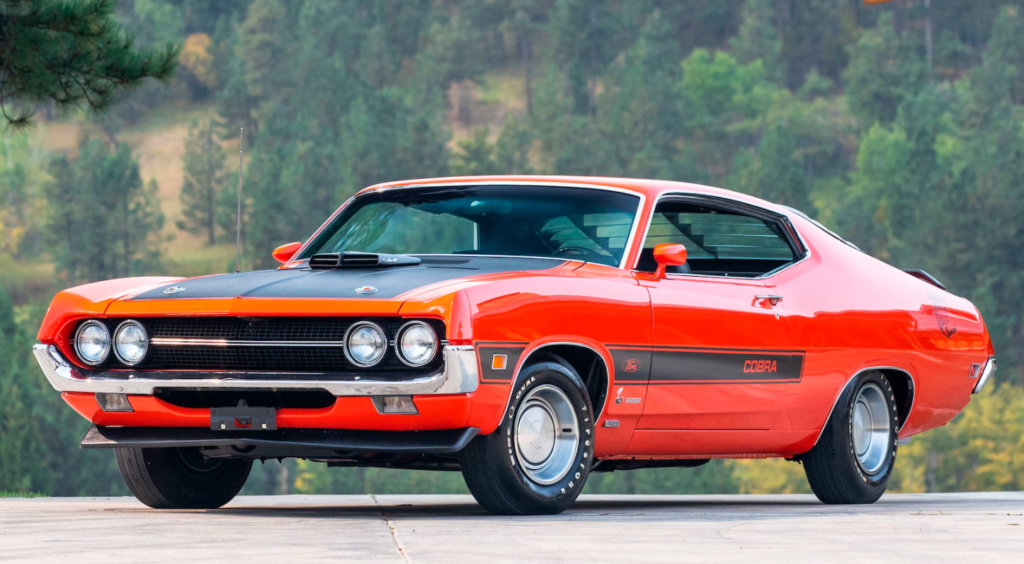1962 Martin Ford Special
Offered by H&H Classics | Buxton, U.K. | October 6, 2021
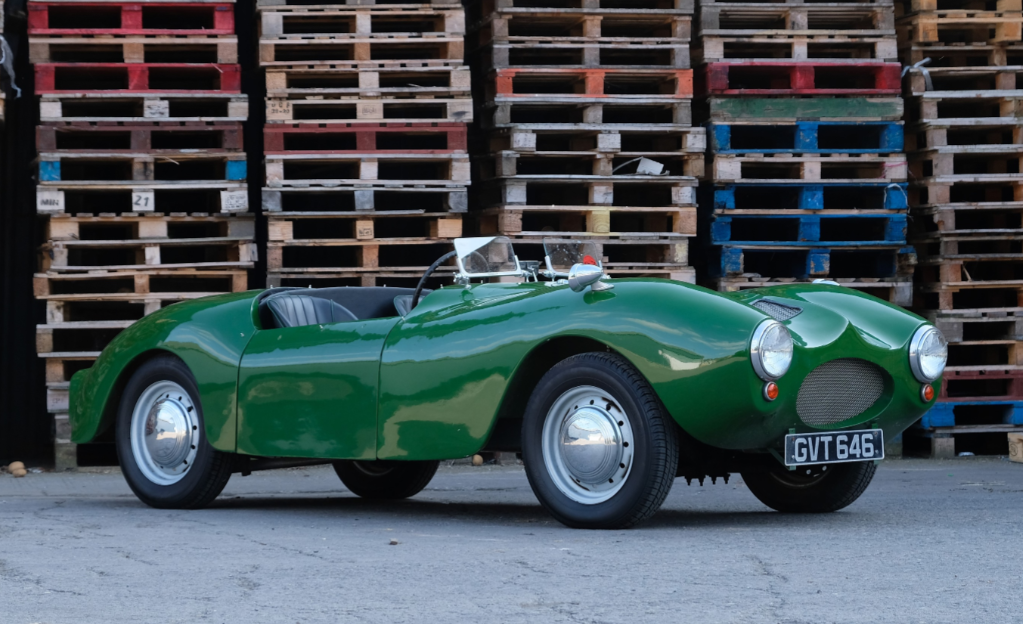
I had the structure for this post all laid out, and then I went and read the H&H Classics catalog description. And it was pretty much the same thing I planned on writing, which was: the post-war sports car boom rode a pretty strong wave for about 15-20 years. Alongside established manufacturers, there were countless upstarts who were offering various forms of sports cars.
One such form was the kit car, or more appropriately at the time this was built, shells that could be bought and fitted to existing running gear. Basically, re-bodying a common car to make it into a sports car. In this case, Martin Plastics Maidstone Ltd offered their fiberglass shells beginning in 1953.
This particular one was purchased as a bare body in 1956 and was fitted to a 1939 Ford Prefect. The completed car was registered in 1962, hence the date listed. Power is from a 1.2-liter Ford inline-four, and the car was restored around 2016. About 500 Martin shells were sold, and only five are known to exist. This one is expected to go cheap with an estimate of $8,000-$11,000. Click here for more info and here for more from this sale.
Update: Sold $8,010.



